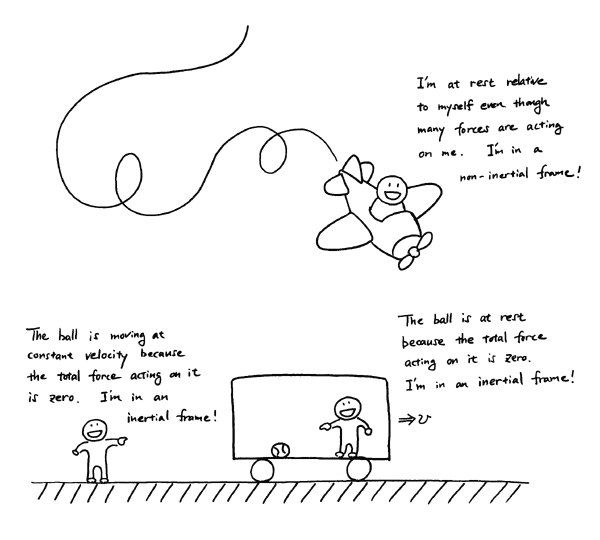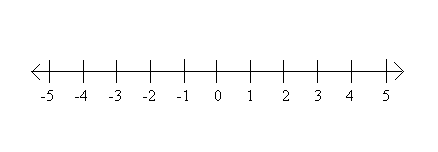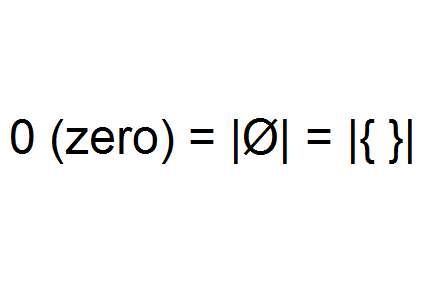
Having good conversations significantly improves your quality of life. Try to infect people with your happiness.
Conversation Paralysis (CP) is the inability of a person to start or sustain a proper conversation or join an existing conversation in a graceful manner.
An example is with colleagues in the coffee break. A conversation is held between the people.
How do you join such a conversation gracefully?
How do you add to the conversation in a positive way?
How do you come up with a fruitful subject (FS). A fruitful subject will grow out of the common ground (CG) with a person.
Ways to start a conversation:
- Friendly Greeting (FG): “Hi, Jen, it’s good to see you.”
- Remark-Question technique:
When trying a new FS the following things are of importance:
- Timing. Don’t interrupt.
List of subjects to talk about:
- Surroundings
- Weather
- Remembering stuff about people
- News
- Something that was on TV that other people could have watched.
- Location or Occasion
- Pets
- Other people (WARNING, DARK SIDE)
- Where do you actually come from?
- What was your highlight of the day? No, well than we’ll have it now.
- Travel stories.
- The person that you are talking with.
- Music, do you play any instruments?
- Food: What is your signature dish or tips.
List of stuff you can ask questions about:
- Particular stuff of people
- “How is it going?”
- What are your plans for the weekend?
- Location of Occasion
The conversation quality (CQ) is dependent on the following things:
- Genuine laughter
- High proportion of interested conversing participants.
- Lack of awkwardness
- Lack of negativity
The conversation usually is automatically of higher quality because of the following characteristics of the participants of the group.
- Similarity
- How often you spoke to them
List of fun questions:
- If you won the lottery, what would you do?
Essential abilities:
- Be an active listener (AL).
Demonstrate that you are engaged in the conversation. This makes the other person feel valued and respected, which heightens the conversation quality.
Say their name to adequately get their attention.
Be a nice gossiper. When gossiping talk about the other persons in a positive light. People love to gossip and showing that you gossip positively
Paraphrasing is essential in being an AL
Humor is the salt and pepper to life. Be Anti-Boring.
Keep things light and positive.
The time frame for anecdotes out of the blue is around a week.
Nonverbal language is essential
Exude confidence and be determined. Nervousness will infect the other person with negative feelings. Boldness is important in conversations. If you see the conversation as a minefield, it will be a minefield.
Look approachable by having an open body posture. Try to stay relaxed. Introduce yourself to people. Keep it during the conversation. You can always do this, because it does not require conversation skills!
Eye contact – no eye contact
Open body posture – closed body posture
Giving cues of understanding (nodding, humming, shaking)
Use expressive gestures to become more central.
Duchenne smile (DS). Smiling with your eyes.
Be curious or fascinated by people. This drives yourself to question about people.
Having great anecdotes in your pocket are nice handgrenades for fun conversations.
Stay interested and engaged in the conversation. Put a unique spin to the conversation.
Have an interesting life for interesting conversations. This is the basis for fruitful anecdotes and people being interested in you.
If you’re consistently unable to connect, it’s possible that you just aren’t expressing your interests well (whether by under- or over-sharing) or that you’re hiding those interests out of fear that people might reject them (and you). The end result – no relevance and no connections. At some point, you have to be interested if you want to be interesting.
Mirror.
How to make it awkward:
- Over-sharing. This results from nervousness.
- Avoid the RAPE subjects: Religion, Abortion, Politics and Environment. Also includes Relationships and Sex. Money.
- Do not laugh too much.
Compliments
Compliments can be a great way to instantly start a great positive conversation:
- I like your handbag. Where did you get it?
Self-Talk:
Interestingly, mastering Self-Talk is important before mastering talking with others. For example, not coming up with FS’es can be because of High Filtering (HF). This is the tendency to disagree with saying whatever that comes up to you. Being very nervous or self-conscious destroys your capability to introduce a nice flow to the conversation.
The biggest conversation-killer is self-consciousness. Don’t worry about saying something stupid; it happens to all of us at some point. The worst thing you can do is to not speak up when there is a fitting opportunity.
Keep the questions as open as possible:
- Closed questions: “Do you like books?”, “Have you ever been to this university?”, “Is spring your favorite season?”, “Am I intruding?”, and “Do you come here often?”
- Open questions: “What sort of books do you like?”, “What did you study here at this university?”, “Which is your favorite season? Why?”, “What are you doing right now?”, and “Where’s your usual watering hole?”
The Remark – Question Technique:
- “That’s a nice handbag, where did you get it?” This lets the handbag owner talk about the day that they went shopping and all this funny stuff happened, as opposed to: “I like your handbag!” “Thank you.” (The end.)
- “What an amazing buffet! Which is your favorite dish?” Asking an opinion is especially useful, as it can be followed up with the classic open-ended question: “Why?”
- “Fantastic turnout! Which of the lecturers is your favorite?”
- “I love your costume. What are your favorite sci-fi movies?”
Glossary:
CQ: Conversation quality
CP: Conversation Paralysis
FS: Fruitful subject
AL: Active Listener
CG: Common Ground
LoO: Location or Occasion
RQT: Remark-Question Technique.
HF: High Filtering
IL: Interesting Life
CPC: Consider Previous Conversations


















